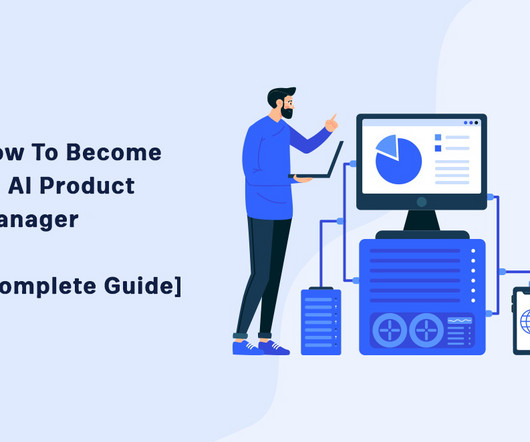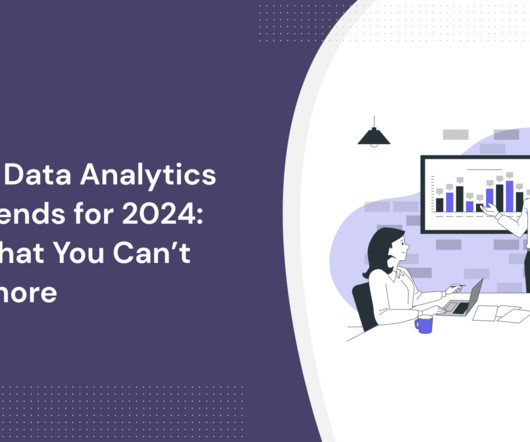Digital Sustainability: A Growing Frontier in Software Development
The Product Coalition
JANUARY 27, 2024
Alarming projections suggest this could rise to 8% by 2030 and 14% by 2040, a substantial leap from just 1.5% Storage: The Backbone of Data Management Every application must store and retrieve data, whether on hard drives, solid-state drives, cloud storage, or networked systems.















Let's personalize your content